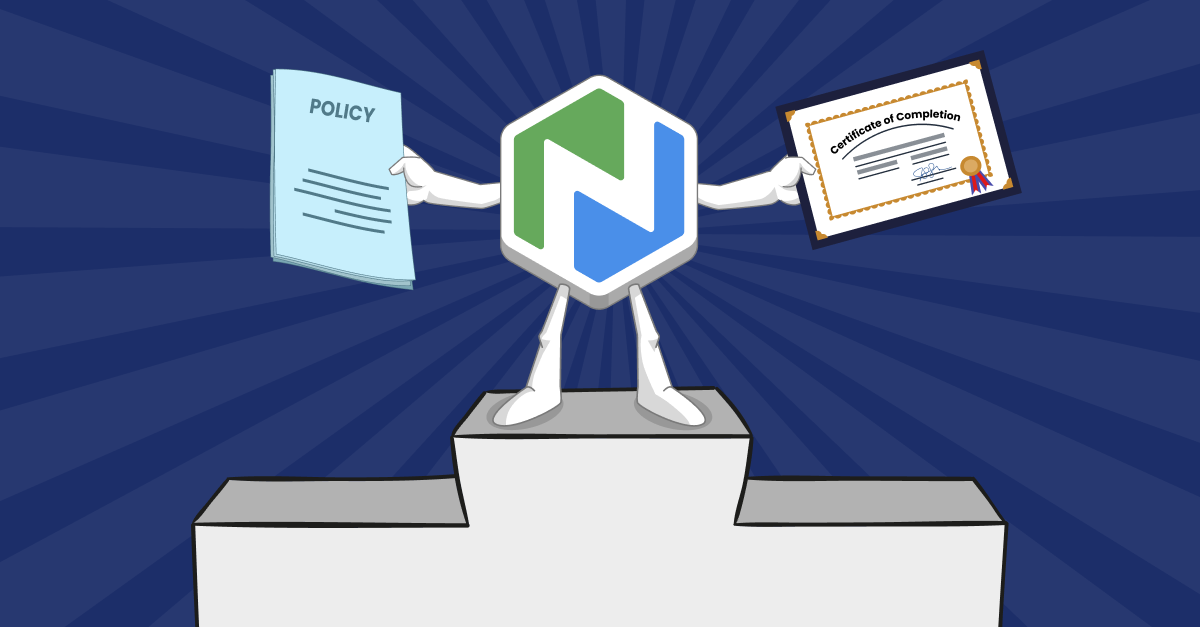How to Run an Effective Job Interview
Learn the six steps for running effective job interviews while avoiding common distractions—like first impressions, body language, and other factors.

Finding the right person for a job can be hard. First impressions, body language, and other factors can easily distract you from recognizing the best fit. But you can take steps to avoid these common pitfalls and run effective interviews.
Help the Candidate Feel Comfortable and Respected
When you start an interview, look for ways to help the candidate feel comfortable and respected. Hold the meeting in a private location and limit interruptions so you can give the person your full attention and show you value their time.
Instead of jumping directly into questions, thank the person for coming and begin the meeting with a friendly conversation. You can chat about the weather, pets, or any safe topic that moves attention off the candidate and invites them to comment. Taking a few minutes to establish a rapport gives everyone a chance to relax.
Explain the Position and Interview Process
Once the candidate seems more comfortable, explain the position and interview process so they know what to expect. Then, take a moment to answer questions. Reducing fear of the unknown can help the person be present and focus on each step.
Use an Interview Guide
Create an interview guide ahead of time to help ensure every candidate has the same experience—making it easier to compare people fairly. You should plan effective questions and develop assessment rubrics to evaluate responses. Then you can ask each candidate the same set of questions in the same order. And instead of being distracted by taking notes, you can simply check a box on the rubric and jot down a few key points. This approach allows you to maintain appropriate eye contact to show you are listening so the person keeps talking! And rubric data is easier to interpret than copious notes.
As you follow the interview guide, ask one question at a time and give the person a chance to respond without interrupting. If a candidate gets off topic, you can politely redirect the conversation. Or, if they give short answers, you can ask follow-up questions—like “Can you tell me more about that situation?” or “Why did you choose that solution?”—to gain more insight.
Guard Against Bias
As products of our environment and experiences, we all have inherent biases, which can pop up during interviews. You might think an outgoing person makes a better first impression than a shy person. You may have trouble relating to someone different from you—or you may choose someone too quickly just because you like them.
To guard against bias, wait until the end of the interview to form an opinion. As you talk with the candidate, focus on the rating scale for each evaluation rubric to avoid making assumptions. When you objectively consider each person’s full range of traits and abilities, you may discover that someone slow to make a good impression is the best person for the job!
Consider the Context and Relevance of Body Language
A candidate’s expressions, gestures, and postures can make a strong impression during an interview. But, it’s important to avoid making quick assumptions because cultural, developmental, psychological, and even situational differences can impact the meaning of nonverbal cues. For example, someone might blink rapidly because of social anxiety or because their eyes feel dry!
Instead of making assumptions, let your observations guide follow-up questions. If someone’s body language suggests a lack of interest, you might ask what attracted them to the position.
You can also ask yourself whether an impression is relevant for the job. Someone who seems shy might not be suited for public-facing tasks, but may be ideal for behind-the-scenes work.
Describe the Next Steps in the Process
To conclude the interview, explain what comes next. The steps may vary depending on your hiring process, but the most important thing is to let the person know when they will hear from you. Then follow through. Clear and consistent communication throughout the process shows you respect people and helps build your brand as a good employer.
Before and After the Interview
Running effective interviews is just one part of a successful hiring process. The planning before interviews and the onboarding that follows also play a big role.
If you need additional guidance, the Niche Academy learning design team has created helpful tutorials that walk you through the process from start to finish. Start a free trial to get a sneak peek at some of our learning content.

.png)
.png)
.png)

.png)
.png)
.png)

.png)
.png)

.png)